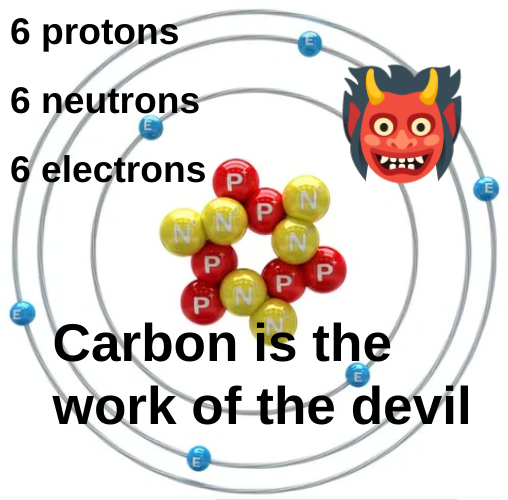Given the ongoing antidemocratic #coup in the United States and the ensuing increased security and privacy issues, the University of Amsterdam should move away from using Microsoft servers.
In short:
- No amount of guarantees from Microsoft that our data remains in the EU can prevent US authorities from accessing our data on its servers.
- The government of the United States is being taken over by fascist criminals.
Readings to support point 1
- “It is no longer safe to move our governments and societies to US clouds” (Bert Hubert, 23 Feb 2025 link).
The very short version: it is madness to continue transferring the running of European societies and governments to American clouds. Not only is it a terrible idea given the kind of things the “King of America” keeps saying, the legal sophistry used to justify such transfers, like the nonsense letter the Dutch cabinet sent last week, has now been invalidated by Trump himself. And why are we doing this? Convenience. But it is very scary to make yourself 100% dependent on the goodwill of the American government merely because it is convenient. So let’s not.

